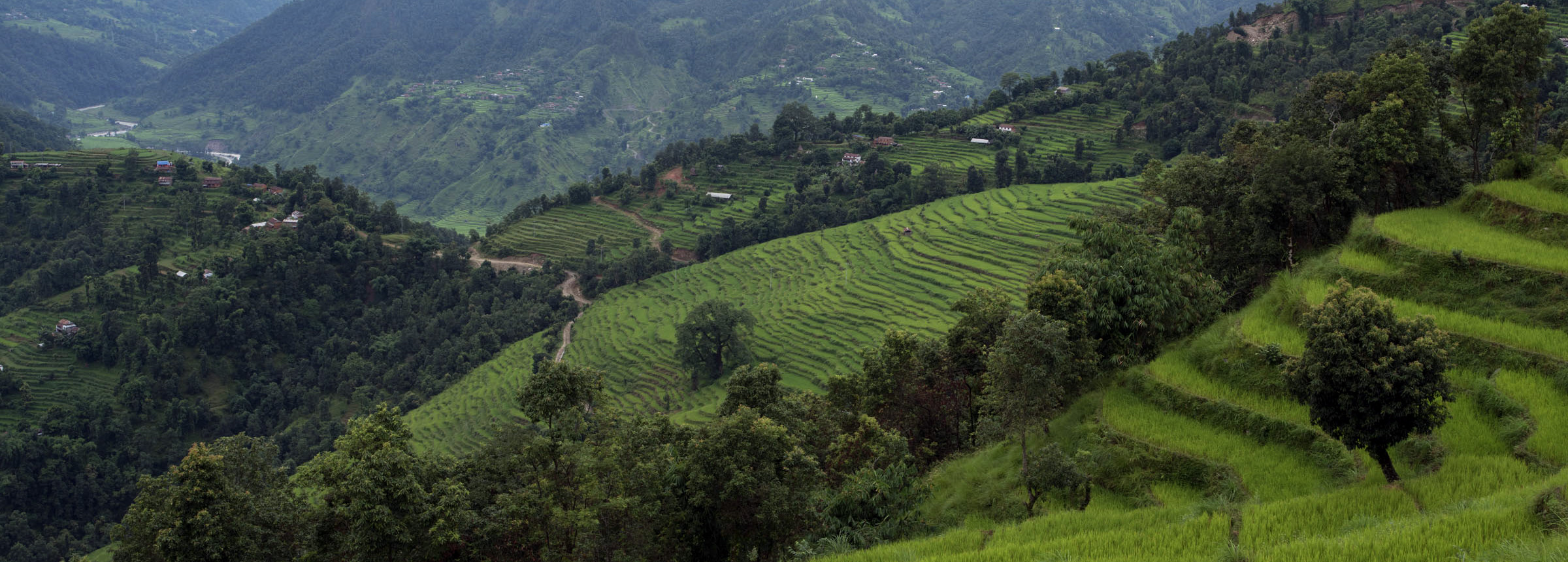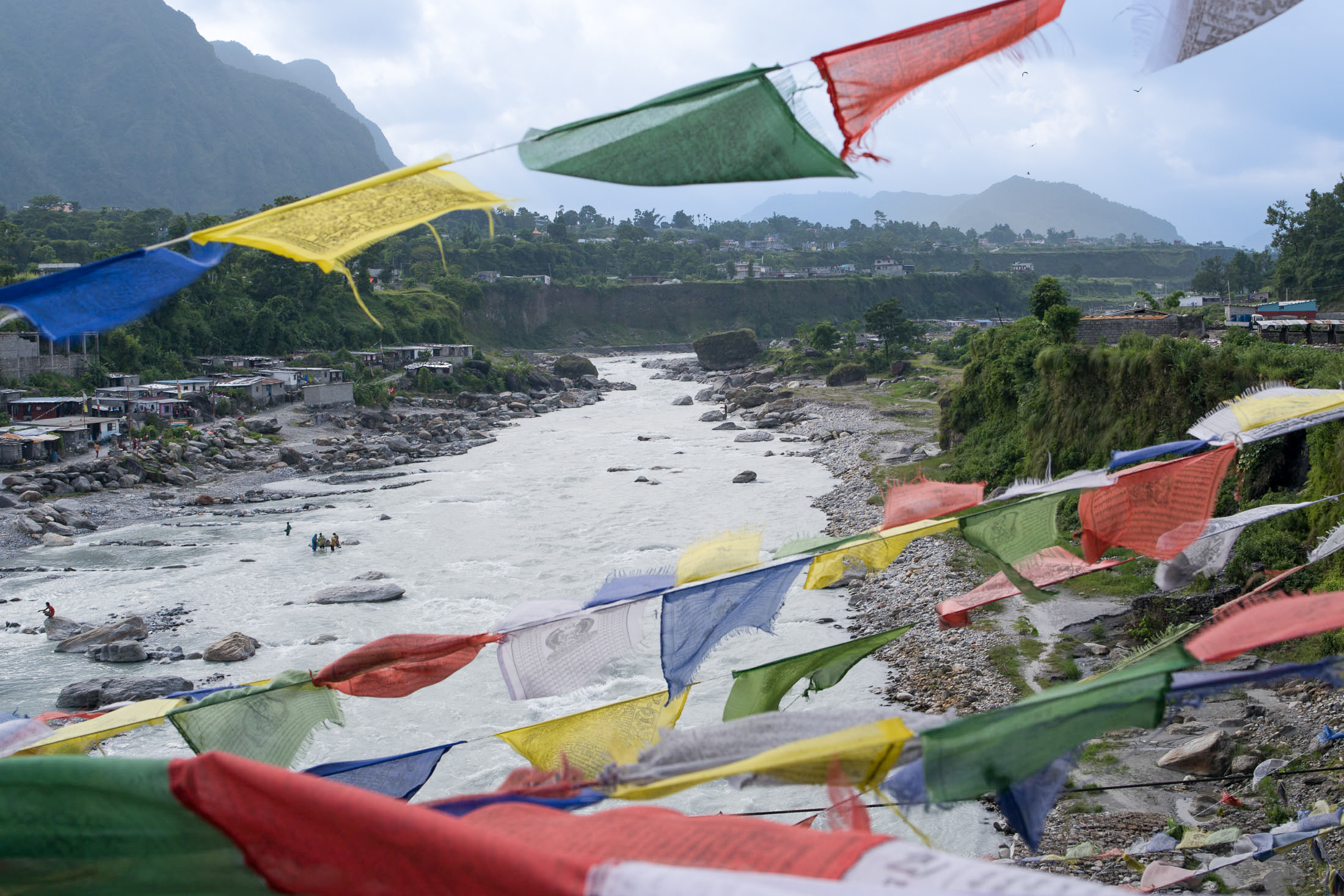
The Winrock Q&A… with Bikash Pandey, Director of Clean Energy & Circular Economy

Bikash Pandey’s experience encompasses more than 20 years in policy review, design and implementation of a range of clean/renewable energy projects in Africa, Asia and Latin America. A technical specialist in micro- and mini-hydropower systems, he has designed and implemented numerous community-based electrification and clean transportation projects, small-scale mini-grids and home energy systems. He has extensive experience developing small-scale renewable energy projects under the Clean Development Mechanism, a Kyoto Protocol mechanism that allows industrialized countries to invest in emission-reduction projects in developing countries. Pandey has deep experience encouraging policy change within governments, bilateral and multilateral donors to support clean energy. He holds a master’s in energy and resources from the University of California at Berkeley and a bachelor’s in electrical engineering from the Massachusetts Institute of Technology.
What is the Nepal Renewable Energy Programme and how is Winrock involved?
Energy is a key driver of Nepal’s economy, and renewable energy can play a significant role in helping the country grow its economy, reduce poverty, diversify its energy mix, meet climate goals, and build societal resilience. The Nepal Renewable Energy Programme, funded by the U.K.’s Foreign, Commonwealth & Development Office, was designed to support efforts by Nepal’s government and the private sector to plan and invest in a low-carbon development path resulting in economic growth, poverty reduction and climate-smart development. Winrock’s work on NREP is aimed at boosting market mechanisms to attract private renewable energy investment, including climate finance, to drive market growth and socio-economic development in this small Himalayan country.
Winrock is a key partner on this project, which is implemented by a consortium led by DAI Global. We are responsible for designing and managing an important aspect of NREP called the Sustainable Energy Challenge Fund, and, with NREP set to close soon, we hope to be able to build on this great foundation and continue the good work we helped to tee up with the Challenge Fund.
What is the purpose of the Challenge Fund, and how does it contribute to the main goals of the project?
At its essence, the fund aims to promote private sector investment in distributed renewable energy (DRE) projects by providing viability gap funding and results-based payments. The goal is to enhance energy access and support low-carbon economic development in Nepal. A DRE project refers to a system in which renewable energy sources — solar panels, wind turbines, or small hydro (water-powered) systems — are installed near the point of use rather than being centralized at a large power plant, possibly a long way away. DRE systems can either be on-grid (connected to the main electricity grid) or off-grid, providing independent power to remote areas.
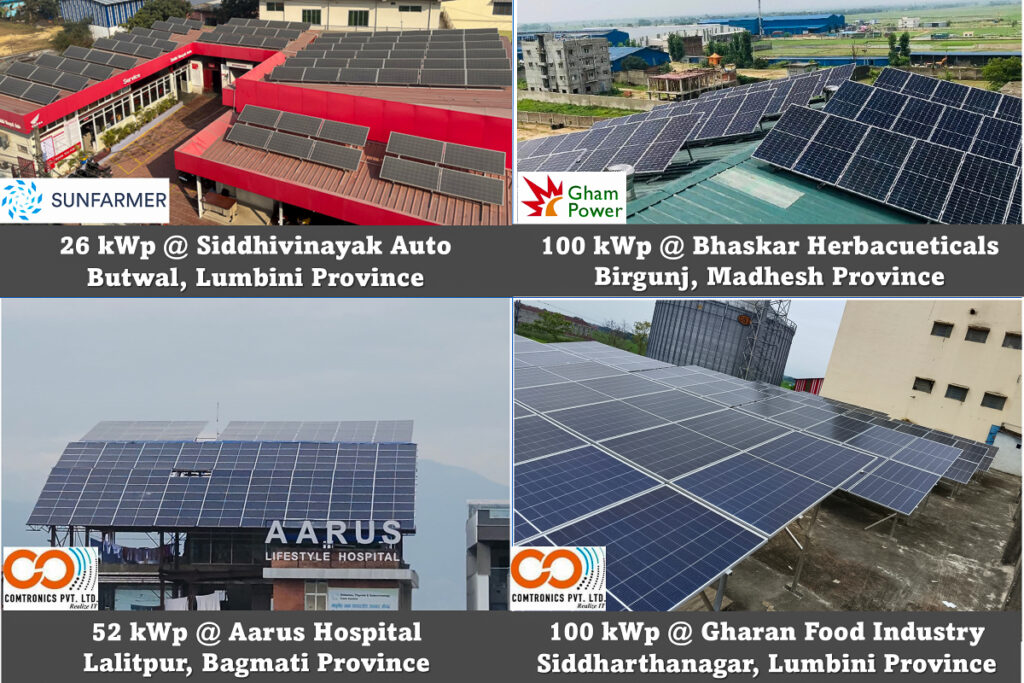
These kinds of projects are very important, especially in a country like Nepal, where many people live in mountainous, rural, sometimes difficult-to-reach areas, and where it is often harder and more expensive to connect or tap into a reliable power grid. The DRE projects we’re helping to find financing for are a great way to improve energy access across Nepal. They are bringing electricity to underserved communities, and are a game-changer for economic development. These kinds of DRE projects contribute to community resilience because, unlike centralized plants, which can fail due to extreme weather, grid overload or other issues, DRE systems provide local energy that can keep the lights on even during disruptions. They also help to reduce dependence on fossil fuels.
It sounds like a great approach, but how does the Challenge Fund work, where does the money for it come from, and what kind of difference has it made, so far?
The big idea with the Challenge Fund is to encourage increased private sector investment in renewable energy development, including through formation of public-private partnerships to leverage assets and investments from both provincial and local governments for DRE projects, by “de-risking” the costs of investing in such projects. So for every dollar invested by government into a DRE venture, the private sector invests $4-5, and it’s worked out very well.
The fund was established under Nepal’s Alternative Energy Promotion Centre, a well-established, quasi-government agency whose main goal is to foster a commercially viable renewable energy sector in Nepal. One of the many great things AEPC supports is viability gap funding – which I mentioned above. That kind of funding helps get certain kinds of renewable energy projects, which might otherwise be hard to finance, off the ground.
Winrock uses a market-based approach to provide financing and investment in the renewable energy projects, through a selective process. That means we’re looking for projects that provide the highest levels of installed capacity with the least amount of funding. To support these projects we use a number of different types of financing models, ranging from power project financing to Renewable Energy Service Company and energy equipment leasing services, interest rate buy-downs, incentives based on energy generation, and demand aggregation – the latter, for clean cooking (electric cookstoves instead of firewood and liquified petroleum gas, for example) and for fuel switching by small-and-medium enterprises.
Can you give us some examples of the project’s impacts, and the kinds of ventures that have been supported with financing from the Sustainable Energy Challenge Fund?
So far, more than 300 companies have applied to the fund for financing, and 50 of those have received investments, with about $20 million in private sector investment leveraged. That money helped to finance new charging stations for electric vehicles, installation of rooftop solar panels for commercial businesses, supported factories to switch from coal or diesel fuel for heating to biomass pellets, and has helped a large number of people switch from using Liquefied Petroleum Gas stoves to electric stoves.
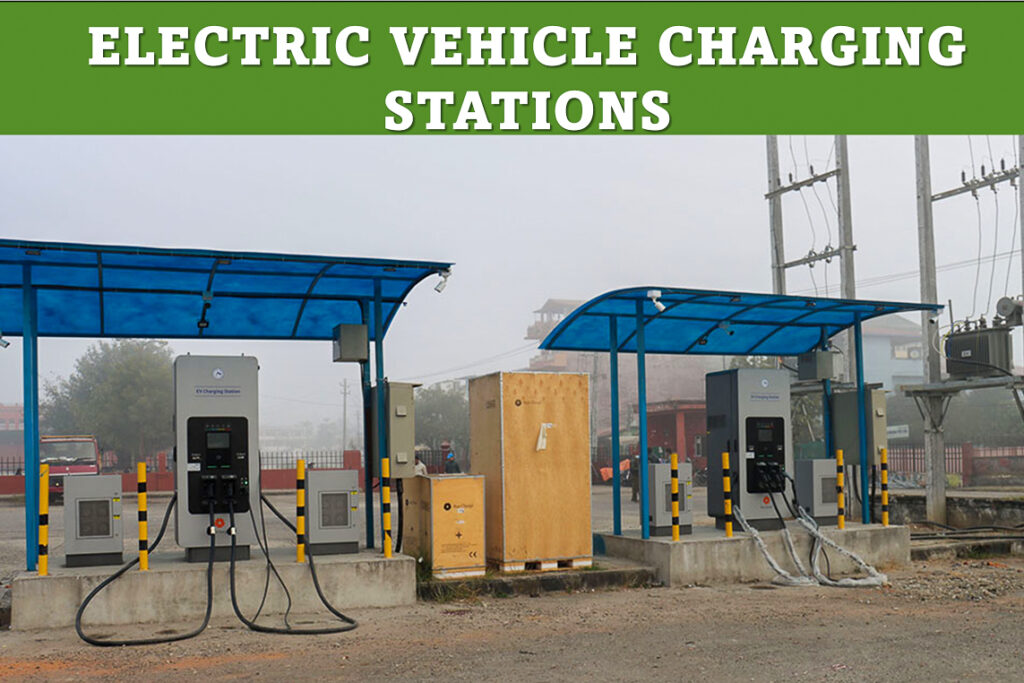
Biomass pellets, by the way, are made from organic waste materials like wood chips, sawdust, and agricultural residues. When burned, they do release some CO2, but only as much as the plants absorbed while growing. As for electric stoves, they are not only powered with renewable hydropower and solar energy but generally considered more energy efficient than LPG-fueled stoves because they directly transfer heat to the cooking vessel, resulting in significantly less energy loss compared to LPG for cooking.
In isolation, each of these transitions to a renewable energy source might seem relatively small, but cumulatively these changes have big impact. The work of NREP, to which Winrock has substantially contributed, has amounted to about 15 megawatts of new installed solar PV coming online. To put that in perspective, it’s equivalent to taking around 8,500 cars off the road for a year in terms of CO2 reduction, or enough power to run about 4,500 commercial buildings or small factories.

So really this work is contributing to creation of a kind of blueprint for Nepal to reduce its reliance on fossil fuels, establishing a way for decisionmakers to make evidence-based policy and finance decisions to help Nepal diversify its power generation.
Winrock is proud to be a partner with Nepal’s government and the private sector in this innovative renewable energy work, and to contribute to the nation’s resilience and energy independence.
Can Winrock’s renewable energy work in Nepal, and use of the Challenge Fund to spur investment in renewables, be an example for other countries?
The Challenge Fund is a versatile instrument to mobilize private investments into socially and environmentally desirable projects which are currently not sufficiently attractive. The Fund is equally useful to spur investments into clean energy projects other countries and also for non-energy sectors trying to attract private sector investment.
To learn more about Winrock’s work in Clean Energy & Circular Economy, click here.
Related Projects
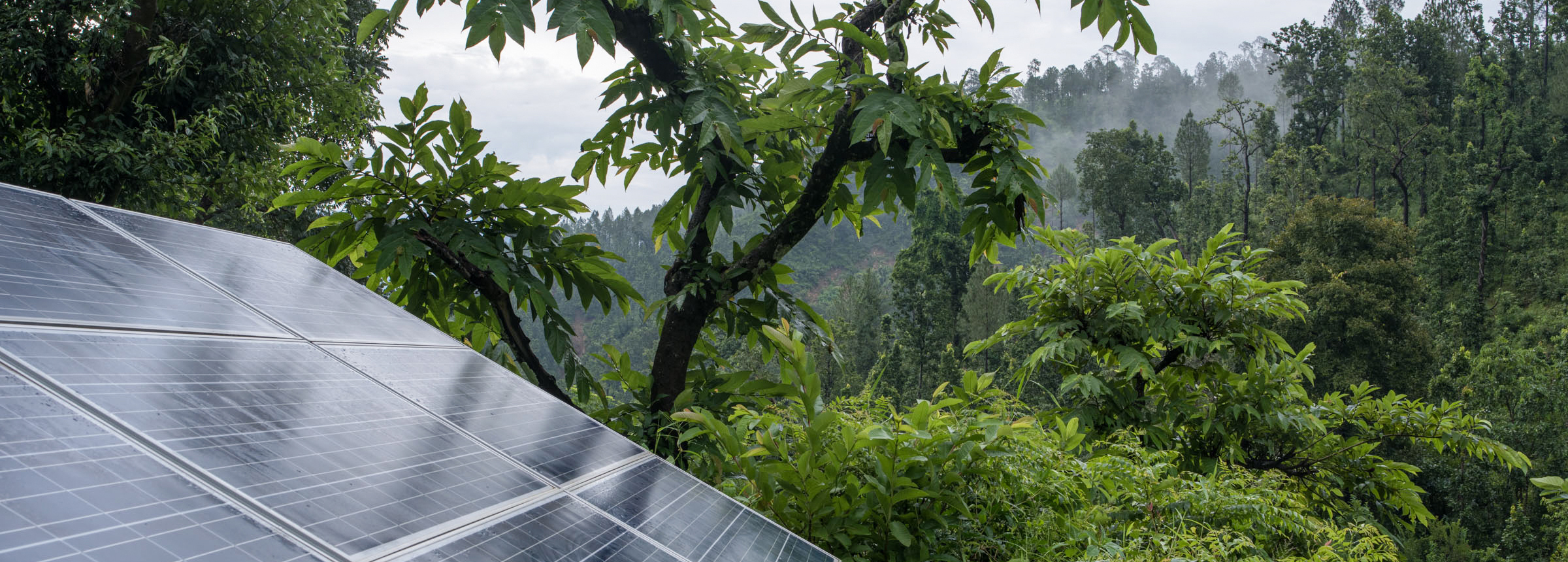
Nepal Renewable Energy Programme (NREP)
Energy is a key driver of Nepal’s economy, and renewable energy can play a significant role in helping the country grow its economy, reduce poverty, diversify its energy mix, meet climate goals, and build societal resilience. The Nepal Renewable Energy Programme was designed to support efforts by the Government of Nepal and the private sector […]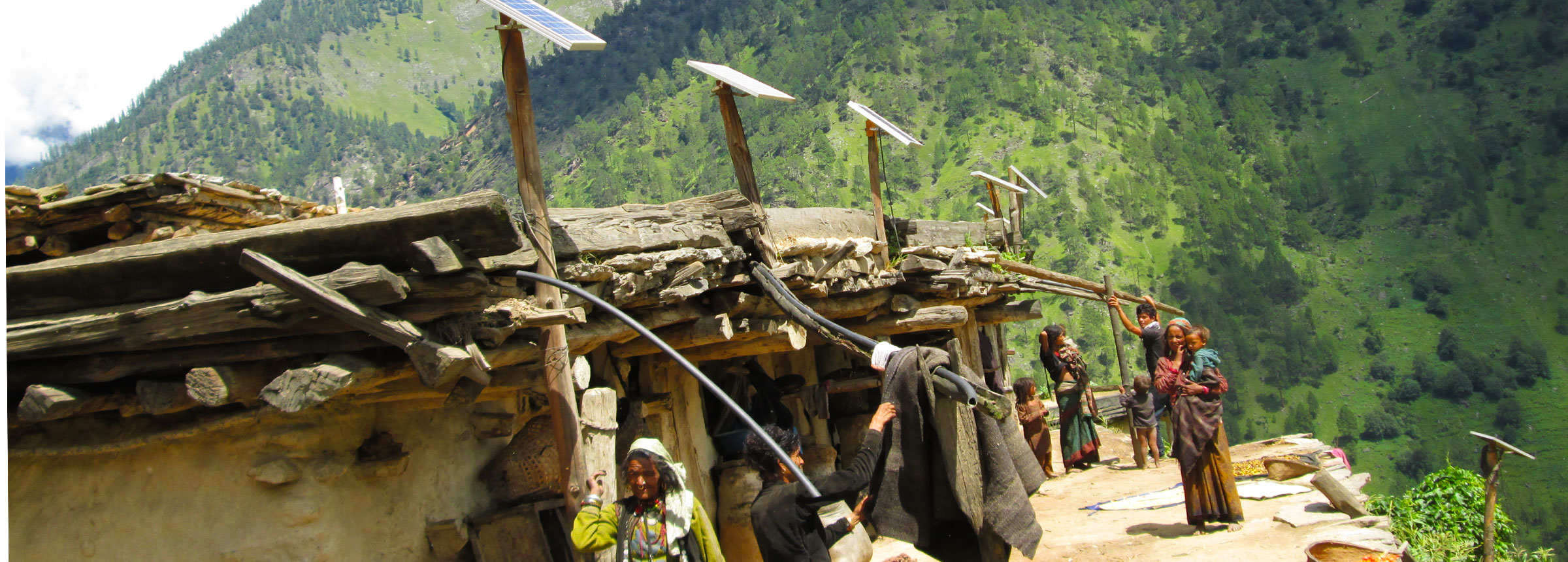
Nepal: Integrated Renewable Energy Technology Promotion
The vast majority of Nepalese living in rural areas lack access to electricity, a key ingredient for improving food security and economic opportunity. This program eliminates financial and technical barriers that stand in the way of rural communities reaping the benefits of renewable energy. Supported by the Dutch development bank and NMB bank, Winrock bridges […]